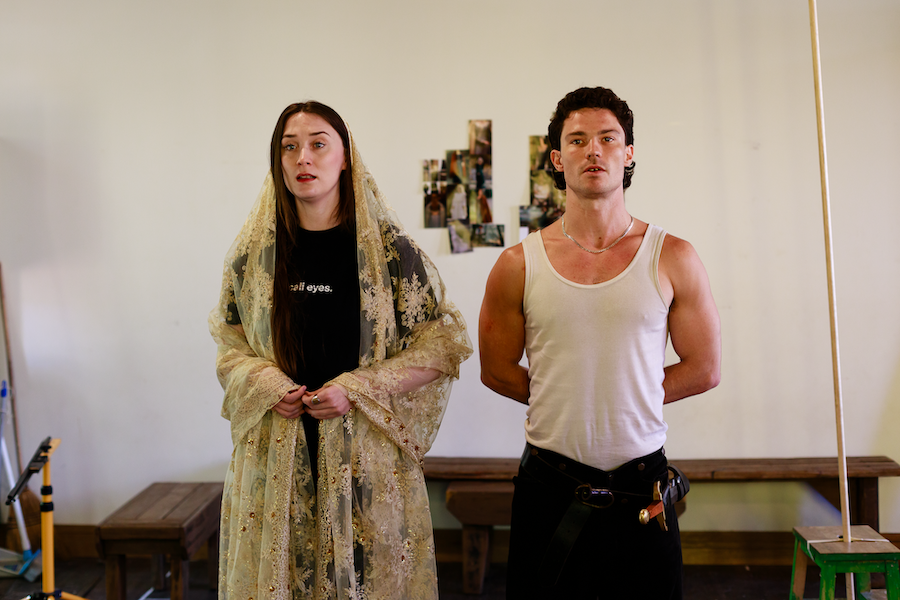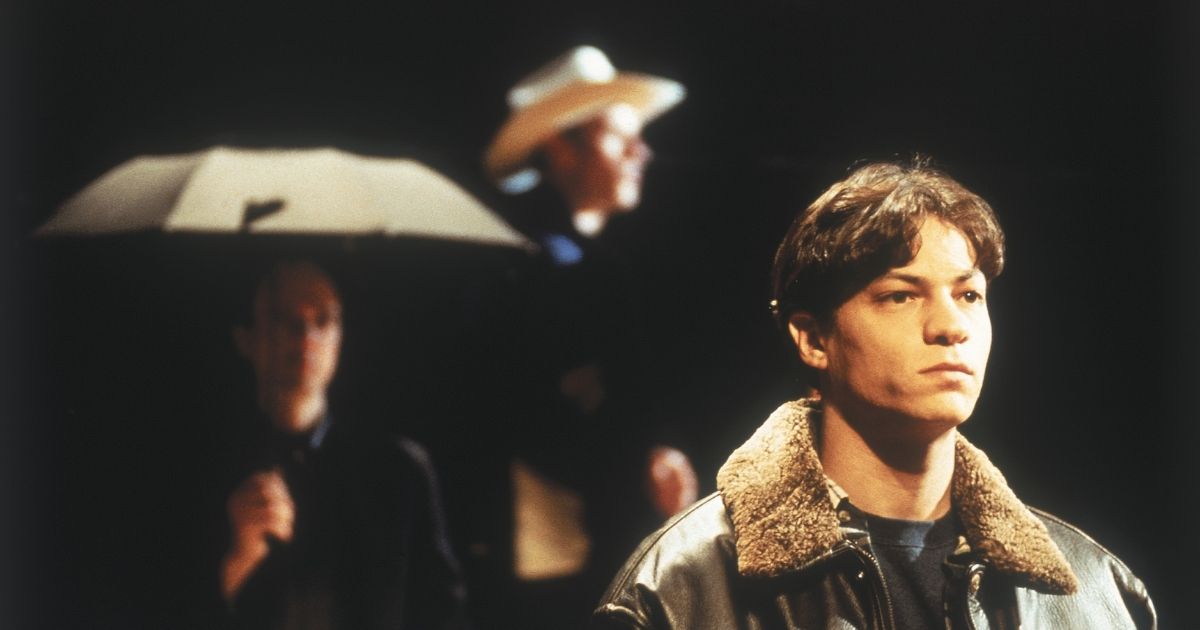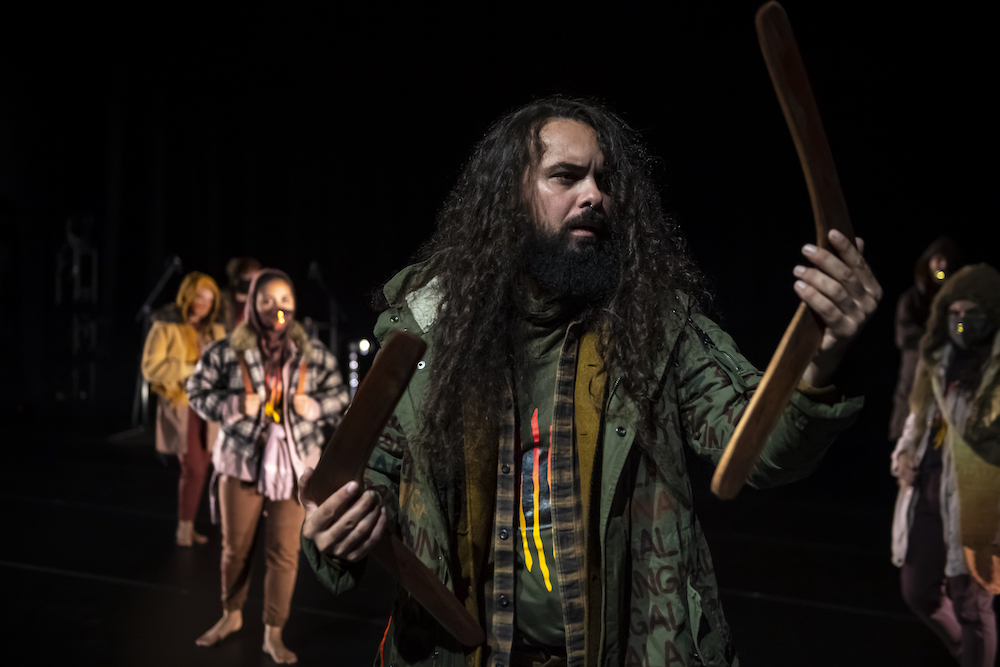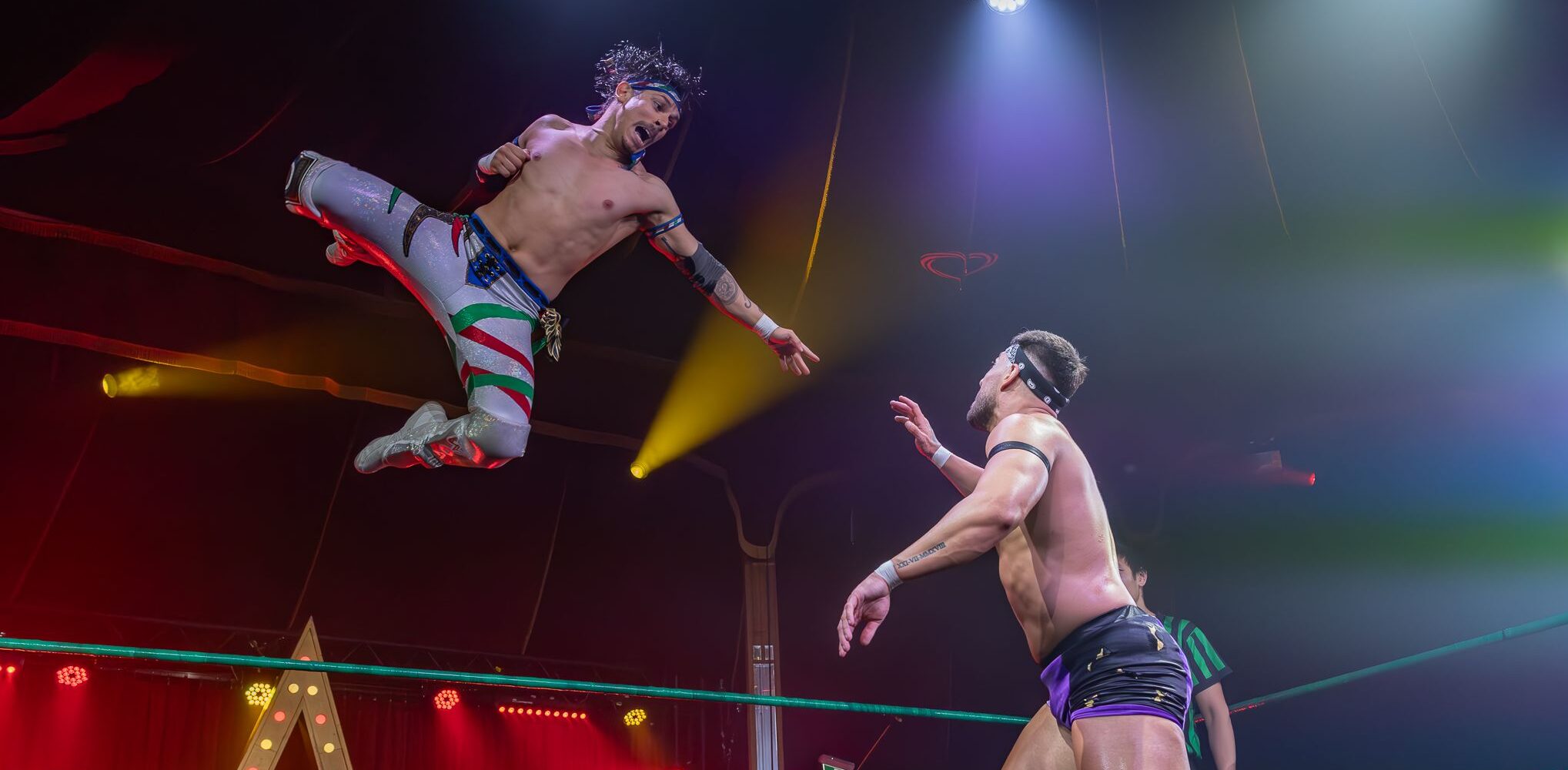
Streets of Papunya

Streets of Papunya presents a fascinating look into the history of modern Aboriginal art, delving beyond the examples of tourist shop knock-offs we are so often presented with.
This exhibition unearths the tumultuous history of Papunya, a Western Desert town regarded as the birthplace of contemporary Aboriginal painting. Curator Vivien Johnson also authored the meticulously researched accompanying book, Streets of Papunya: The re-invention of Papunya painting. Johnson tell’s the history of Papunya painting through artwork examples dating back to Albert Namatjira’s final paintings, executed in 1959, through to examples from the 1970s and 80s when the town was simultaneously experiencing it’s ‘glory days’ and dark times as the ‘carpetbagging capital of the desert’, and on to the modern renaissance.
In particular, this exhibition showcases the remarkable art of the present day women painters of Papunya, including those who joined the movement in the 1980s (regarded as the first women painters of the desert) and a celebration of the reemergence of Papunya painting maintained by present day female painters as part of the Papunya Tjupi Arts Centre established in 2007.
These artworks are accompanied by other materials including short films and an extensive family tree mapping the artist families of Papunya (the exhibition takes it’s name from the streets of the town, named after famous artist families), allowing visitors to not only grasp the beauty and technique of the paintings, but also the whole history.
An exhibition that treats Aboriginal art and it’s history with the regard and respect it deserves, this is not to be missed.
Until Nov 7, Tues–Sat, 10am-5pm. UNSW Galleries, cnr Oxford Street and Greens Road, Paddington. Free. Info: artdesign.unsw.edu.au









